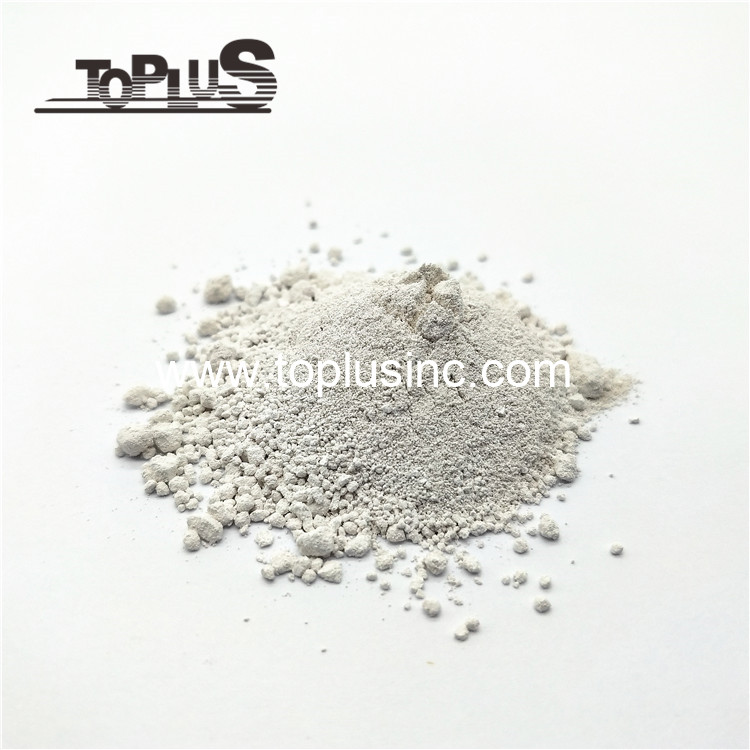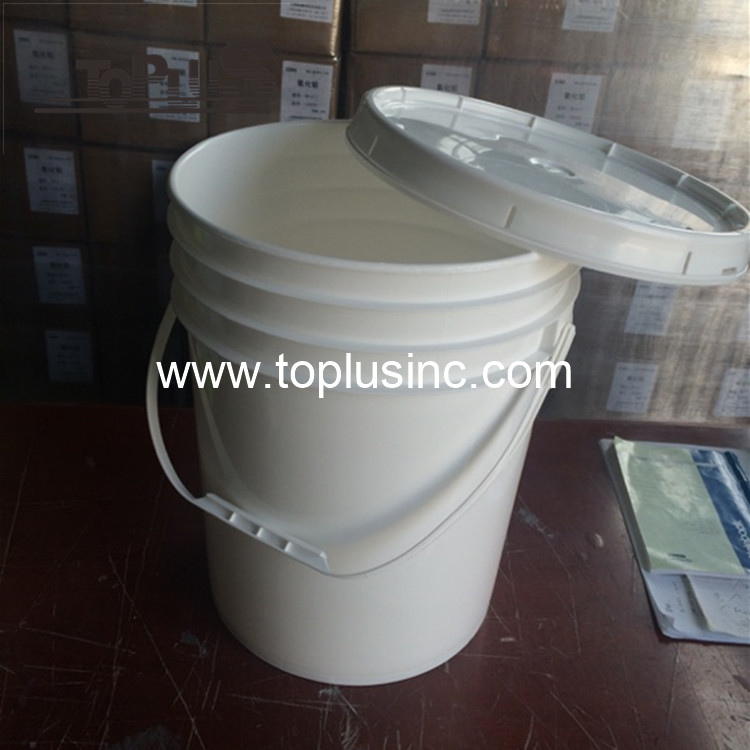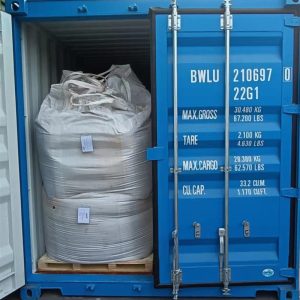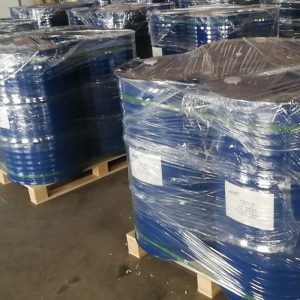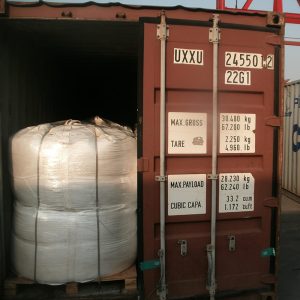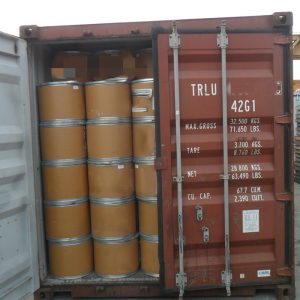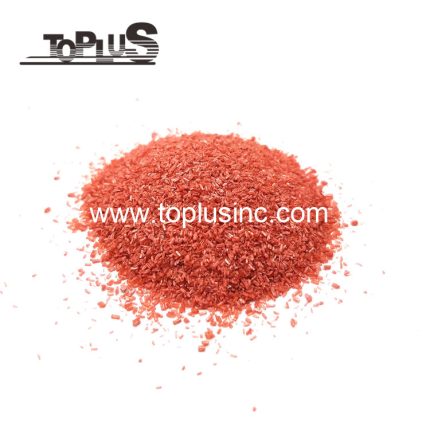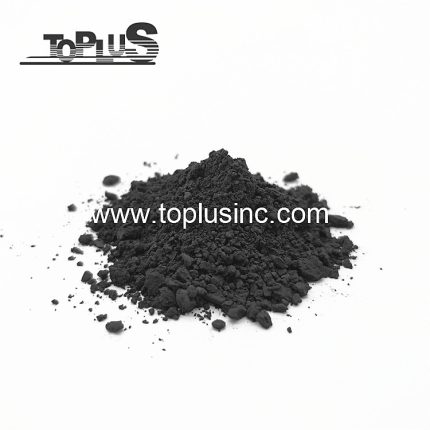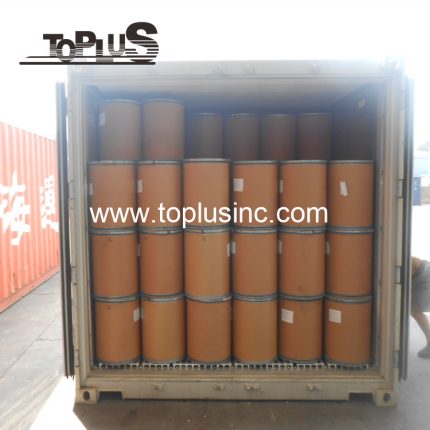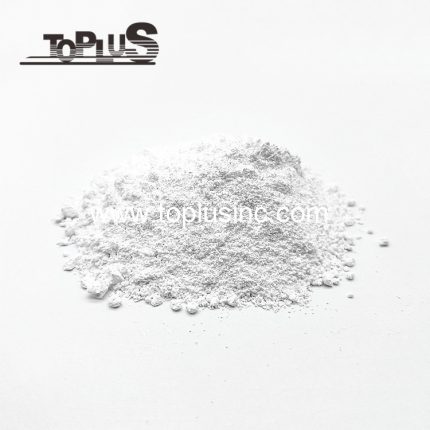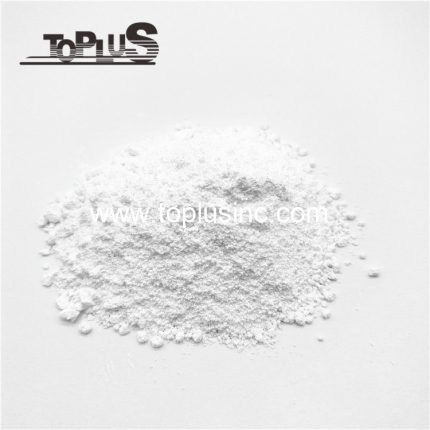Óxido estánnico
DESCRIPCIÓN DEL PRODUCTO
Fórmula molecular:
SnO2Pureza:
99%mín.No CAS.:
18282-10-5Número EINECS:
242-159-0Sinónimo:
Óxido de estaño (SnO2), óxido estánnico, óxido de estaño (IV), dióxido estánnicoImágenes:
Descripción
Stannic Oxide, also known as Tin Oxide, Tin Dioxide, is an inorganic substance. The Stannic Oxide formula is SnO2, which is white, light yellow, or light gray tetragonal, hexagonal, or orthorhombic powder. The melting point is 1630°C, and the boiling point is 1800°C. Tin Oxide density is 6.95 g/mL at 25 °C.
Uses of Tin Oxide:
– For example: In enamels and electromagnetic materials usually uses Tin Oxide. In manufacturing opal glass, tin salts, porcelain colorants, fabric mordants, and weighting agents are also traditionally used.
– Tin Oxide act as a polishing powder, sometimes mixed with lead oxide, to polish glass, jewelry, marble, and silverware.
– Stannic Oxide is a vital semiconductor sensor material, and the gas sensor prepared with it has high sensitivity. Therefore, it’s popular in detecting combustible gases, environmental pollution, and industrial waste gases. The humidity sensor made of Stannic Oxide as the base material can improve the indoor environment, precision instrument equipment room, library, art gallery, museum, etc.
– Tin Dioxide has good permeability to visible light, excellent chemical stability in aqueous solution, specific electrical conductivity, and infrared radiation reflection properties. Therefore, it is also widely used in lithium batteries, solar cells, liquid crystal displays, optoelectronic devices, transparent conductive electrodes, anti-infrared detection protection, and other fields.
Solicitar presupuesto
Descargar especificaciones del producto
Doy mi consentimiento para el procesamiento de datos personales y estoy de acuerdo con el acuerdo de usuario y la política de privacidad

 Materiales Agrícolas
Materiales Agrícolas Materiales Cerámicos
Materiales Cerámicos Materiales electrónicos
Materiales electrónicos Materiales metalúrgicos
Materiales metalúrgicos Materiales de nueva energía
Materiales de nueva energía Materiales petroquímicos
Materiales petroquímicos Tratamiento de superficies
Tratamiento de superficies